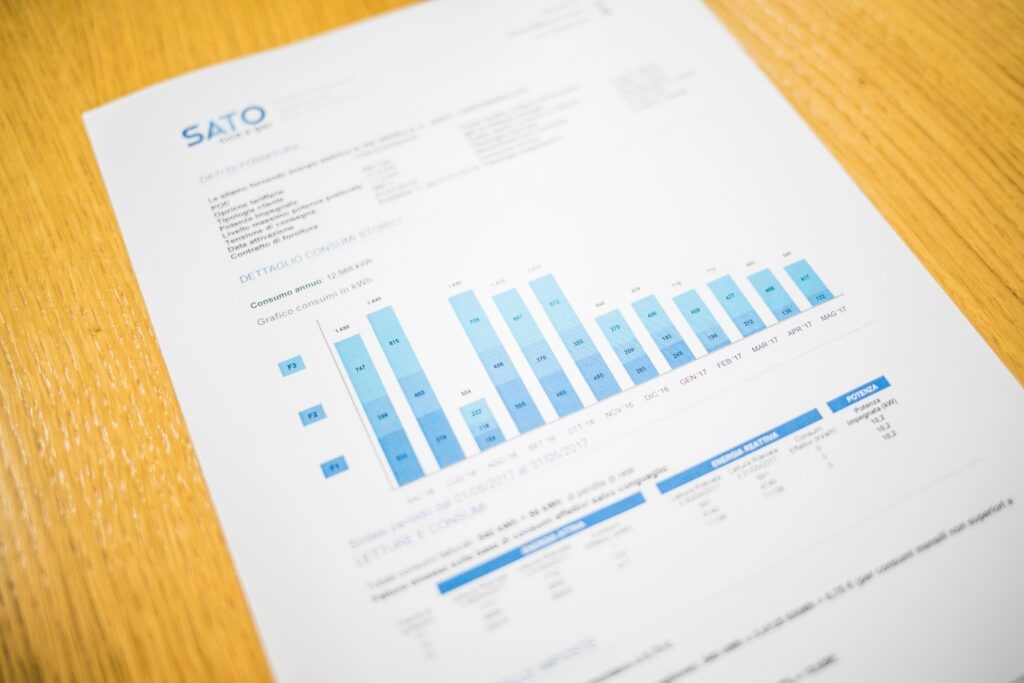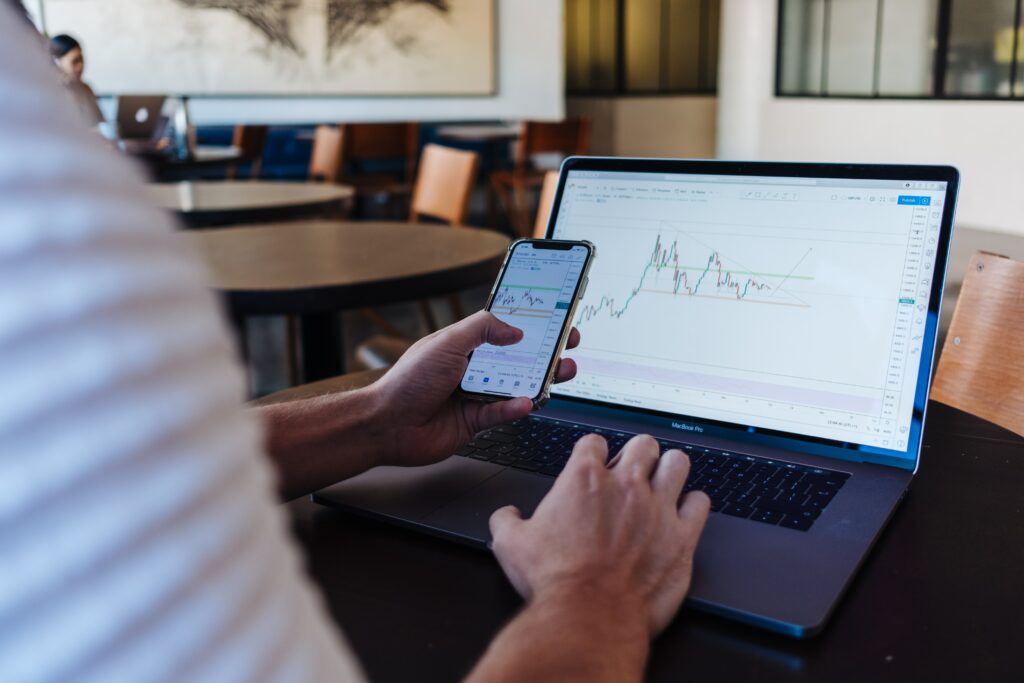There has been an upsurge in payment failures by traders in areas such as aviation, aeronautics, and tourism, including the financial sector. As an intermediary between importers and exporters, the trade finance of analysis industry and international trade flows.
It aims to reduce transactional risk and improve the effectiveness of working capital management in enterprises. There are operations relating to domestic and international trade financing that are dealt with here.

In terms of share, finance dominates the market by region and is predicted to continue over the projection period. As the number of new technologies increases, the trade financing sector is likely to grow.
Streamlining trade finance of Analysis processes:
Streamlining trade financing processes as well as improving government processes are also important. During the predicted time, the importers’ category accumulated significant market share in the trading.
Massive amounts of unstructured data are generated as a result of increased market of trading activity and misuse of abnormalities. As a result, trade finance analysis is in high demand in this industry.
Trade finance of analysis , on the other hand, should see the most growth throughout the predicted period for the trade . Increasingly diverse communication methods, trade technology, regulatory compliance, and wealth account management is rising.

Trade financing market expects:
The trade financing market expects individuals to emerge as growth prospects for merchants. The study focuses on the worldwide trade finance of analyzing market’s growth prospects, restrictions, and trends. The study uses Porter’s five forces analysis to better understand factors like supplier negotiation strength.
This involves granting letters of credit for receivables and invoice financing and a credit agency, export credit, bank guarantees, and insurance. Buyers, Sellers, Manufacturers, Importers and Exporters can use it.
Trading Activity Safety and Security:
Increased demand for trading activity safety and security, as well as an increase in the use of trade finance. This finance is being driven by SMEs in emerging nations, rising competitiveness, and new trade agreements.
Furthermore, the escalation of trade disputes and the high implementation costs are limiting industry expansion. Adding blockchain technology to trade finance will also open up new, lucrative business prospects in that sector.
The following are the most important influencing factors:
In the early days of international trade, exporters had no idea. when the buyers would pay for their goods. To lessen the risk of non-payment from importers, exporters sought new methods over time.
Importers, on the other hand, were concerned about having to make payments upfront for their products. Mainly they didn’t know if the merchant was going to send the products or not. Due to the accelerated payments to exporters, trade finance has evolved to manage all of these concerns. Importers can rest assured knowing that all of the items they requested have been transported successfully via LCL.
Improve the entire Investor interface:
To improve the entire investor interface, trade finance providers have increased the number of options they offer. To stay one step ahead of their rivals in the future years of the trade finance industry. Increasing the Demand for Trading Activity of Safety and Security. More trade finance is needed to deal with market manipulation.
With insider trading, financial institutions are under more pressure to use trade financing methods with lower levels of proliferation. Data collection and monitoring capabilities for different structured and unstructured datasets are payment risk and supply financial security.

Smaller firms:
Smaller firms worldwide often have limited access to loans and other forms of financing to cover the costs of goods they have plans to acquire or sell. Importers and exporters are used to close the financial gap and offer short- and medium-term working capital.
With supporting items or structures that allow risk mitigation, security for the import and export of stock or service. Trade finance of analysis also reduces suppliers’ credit, payment, and default risks with banks and other financial organizations. Enable greater order fulfillment with enhancing security. As a result, small enterprises have an advantage in trading more significant volumes because their end consumers have better trading credit.
Resolving Business issues:
In other words, we are resolving business issues like identifying unusual behavior. Making risk-based discoveries possible to the trading system. It becomes increasingly essential and helps to drive growth in trading finance.
Pre-trade and post-trade monitoring instruments will see an increase in investment, as will overall the trade spending. Fewer companies are driving the trade finance market’s growth by looking at cross-asset and cross-market trades.
As a result, several fintech firms have implemented trade finance systems to help them grow their income. Trade finance analysis is aided by improved service efficiencies.
Review of a Particular Segment:
Products, providers, applications, end-users, and regions make up the various trade finance market segments. It is divided into commercial letters of credit, standby letters of credit, guarantees, and other products.
Banks, trade finance houses, and other institutions are among the service providers. It is divided into two categories based on where it will be used domestically and internationally. The market is classified into traders, importers and exporters based on who the final customer is.

Stakeholders will enjoy the following of Trade Finance of Analysis:
The paper discusses the main factors influencing the trade financing market and the prospects that lie ahead. The size of the trade finance of analysis in the market will be quantified between 2020 and 2030 to show how financially sound the industry is. The power of buyers and suppliers in the trade financing sector is illustrated through Porter’s five-force analysis.
Research Examines the trade Finance market:
This research examines the trade finance market and trends in the need for trade finance services and projections for the future. Adverse effects are being seen across all industries and the global economy due to the ongoing extraordinary health crisis.
In addition, consumers’ preferences for trade financing have shifted due to social alienation and shifting working conditions. The banking industry, like many others, is under compliance-related pressure.
Regulators require the adoption of its competencies throughout the time of significant self-isolation of workers at home.

